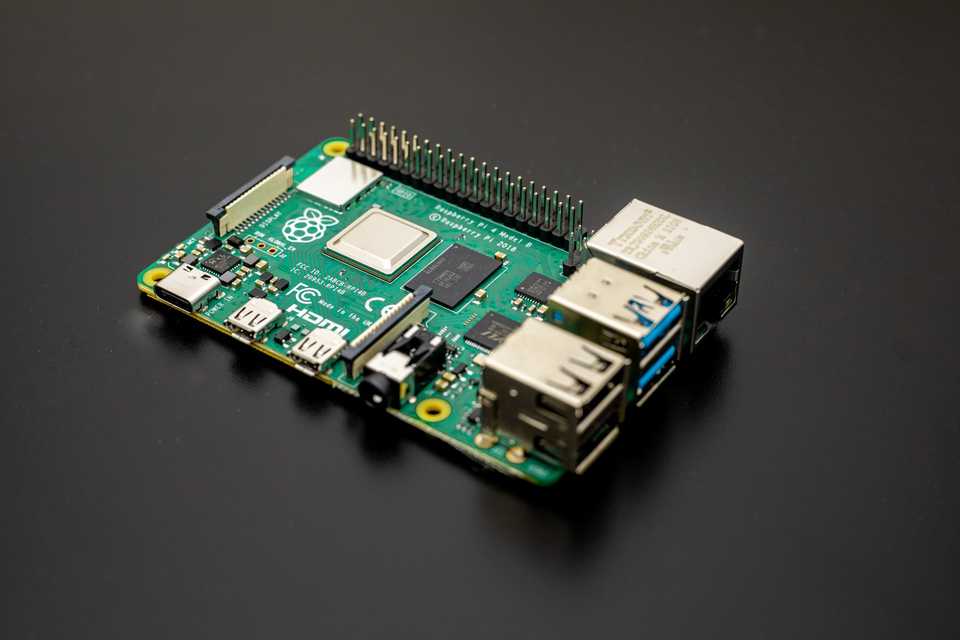Setup a high availability kubernetes raspberry pi cluster
In this series i want to create a production grade kubernetes cluster which can be very useful at least in a home environment but maybe also for some small bussiness environments.

The Plan
- Part 1: Setup a 3 node k3s cluster with 2 Master and 1 worker nodes (more worker nodes can be added later on)
- Part 2: Deploy metallb (load-balancer) to get traffic routed to the cluster.
- Part 3: Deploy traefik as a ingress controller to reach services by dns name
- Part 4: Deploy cert-manager for automatic creation of let’s encrypt certificates
- Part 5: Deploy longhorn for persistent-storage. (An alternative is using an NFS-Server as described here)
- Part 6: Cluster backup with velero.
- Part 7: Logging with loki
- Part 8: Use flux-cd for storing cluster description in git for rebuilding the cluster
The hardware
- 1x Raspberry Pi 4 — 8GB
- 2x Raspberry Pi 4–4GB
- 3x SSD-Drives as storage
- 3x USB-to-SATA Adapter (StarTech.com USB312SAT3CB)
- UGREEN 65W USB-C Power-Adapter
Install the operating system
I’am using Ubuntu-Server on my nodes.
Download the right arm64 images from here.
Install them with the image tool of your choice on your sd-cards or like me on your SSDs.
Optional: Disable WIFI, Bluetooth and get more memory
If you use the nodes only for kubernetes you can disable bluetooth and get some of the graphic memory. And when you only use Ethernet you can disable wifi.
Open the config.txt with:
sudo nano /boot/firmware/config.txtAnd add the following lines:
gpu_mem=16
dtoverlay=disable-bt
dtoverlay=disable-wifiSave the file and reboot the node.
Install K3s
Now it’s time to install k3s on the nodes. I’am using the excelent k3sup-tool from Alex Ellis.
Install k3sup
curl -sLS https://get.k3sup.dev | sh
sudo install k3sup /usr/local/bin/And test with:
k3sup --helpAccess nodes with ssh
Create a ssh-key for easily and securly access the nodes.
ssh-keygen -t ed25519 -C "yournameOrEmail"
ssh-keygen will create a public and a private key.
Copy-and-paste the public key to the
nano ~/.ssh/authorized_keysfiles on every node. More Info on generating a key here
Optional: Add nodes to ssh config
For easy access you can add your nodes to ssh config file. Open or create with
nano ~/.ssh/configand add the three nodes:
Host kube1
HostName 192.168.2.1
User ubuntu
IdentityFile ~/.ssh/<private-ssh-key-file>
Host kube2
HostName 192.168.2.1
User ubuntu
IdentityFile ~/.ssh/<private-ssh-key-file>
Host kube3
HostName 192.168.2.3
User ubuntu
IdentityFile ~/.ssh/<private-ssh-key-file>Now you can access the kube1 node for example with:
ssh kube1Preparations
You should know:
- The ip of the first node
- The ip of the second node
- The ip of the third node
Install first master node
k3sup install --ip <ip-node-1> \
--user ubuntu \
--cluster \
--k3s-extra-args '--disable servicelb,traefik,local-storage' \
--ssh-key ~/.ssh/<private-ssh-key>Default load-balancer, traefik and local-storage-provider are disabled because we are going to use own deployments.
Install second master node
k3sup join --ip <ip-node-2> \
--user ubuntu \
--server --k3s-extra-args '--disable servicelb,traefik,local-storage' \
--server-ip <ip-node-1> --server-user ubuntu \
--ssh-key ~/.ssh/<private-ssh-key>Install the worker node
k3sup join --ip <ip-node-3> \
--user ubuntu \
--server-ip <ip-node-1> --server-user ubuntu \
--ssh-key ~/.ssh/<private-ssh-key>Test cluster setup
With kubectl installed you can test if your cluster is working correctly with:
kubectl get nodesYou should see your nodes with Ready-Status
NAME STATUS ROLES AGE VERSION
kube1 Ready control-plane,etcd,master 118d v1.22.5+k3s1
kube2 Ready control-plane,etcd,master 118d v1.22.5+k3s1
kube3 Ready <none> 118d v1.22.5+k3s1Summary
- We installed and configured Ubuntu server on 3 raspberry pies
- We installed k3sup
- We setup a ssh-connection to the nodes
- We installed k3s with k3sup
What’s next
In the next part we install a load-balancer which acts as an access-point to the cluster.